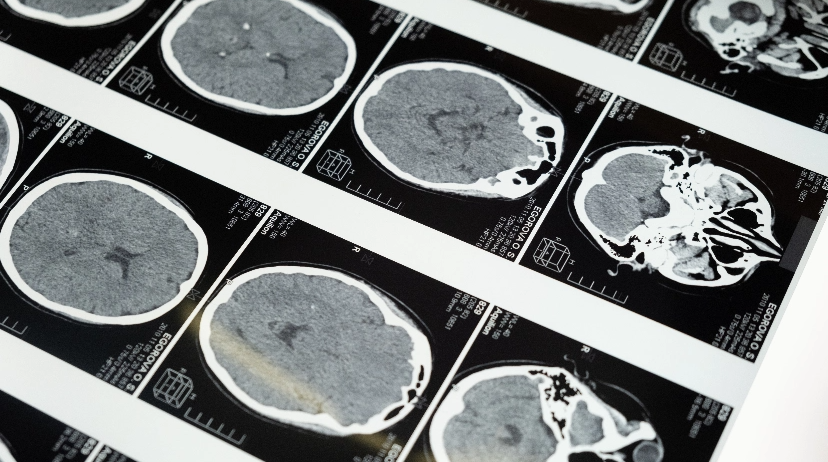How do you understand learning? In the past, many behavioural psychologists viewed the brain as a metaphorical black box (Fischer, 2009) with learning processes being unknowable. With recent brain imaging technologies, we are now in a far better place to understand how learning takes place. In particular the evidence points to the importance of neural connectivity and neural activity, which correlate to learning (Blakemore & Frith, 2005). From this perspective, learning is “the act of making (and strengthening) connections between thousands of neurons forming neural networks or maps” (Wolfe, 2008, p. 17).
So learning is not just about neural connections and pathways but also about the way different brain networks are connected and work together. Amidst the myriad ways in which brains can be connected and operate, we see the wealth of representations of human beings made in God’s image. None are the same, all are unique yet still human, still in the Creator’s image. Recognising the neurodiverse aspects of what it means to be human is one of the tasks of our times.
Neuroplasticity is associated with learning: “The brain’s capacity to adapt continually to changing circumstances” (Blakemore & Frith, 2005, p. 204); form new pathways, and strengthen synaptic connections between networks. “The brain’s ability to change with experience is often called plasticity … it means that the brain is moulded by its experience—by the sensory input it receives, by the problems it has solved, and by the emotions it has experienced” (Zull, 2011, p. 21).
While as teachers we can benefit from what neuroscientists tell us, in the active dynamics of the classroom your understanding of learning will generally be more focused on what you can observe: student behaviours and production that are indicative of increased understanding and skills. Neuroscience has much to tell us and understanding the diversity in how minds learn will help you build a flourishing learning space for all.
Take a moment to reflect on one of your classes. How do you see different students operating through different patterns of connecting? Describe one way in which you might better support your students in the connection of ideas and concepts. How do you understand your own ways of learning?
By Dr Nola Norris, Education Research Coordinator, Morling College, lecturer for the Master’s unit Neurodiversity and the Nature of Learning and Dr Perry Shaw, Researcher in Residence, Morling College.
References:
Blakemore, S. J., & Frith, U. (2005). The learning brain: Lessons for education. Blackwell.
Fischer, K. W. (2009). Mind, Brain, and Education: Building a scientific groundwork for learning and teaching. Mind, Brain & Education, 3(1), 3-16.
Wolfe, P. (2008, 6 February). Brain Matters: Translating research to classroom practice [Powerpoint presentation]. Learning and the Brain Conference, San Francisco.
Zull, J. E. (2011). From brain to mind: Using neuroscience to guide change in education. Stylus Publishing.
Photo by cottonbro from Pexels.

